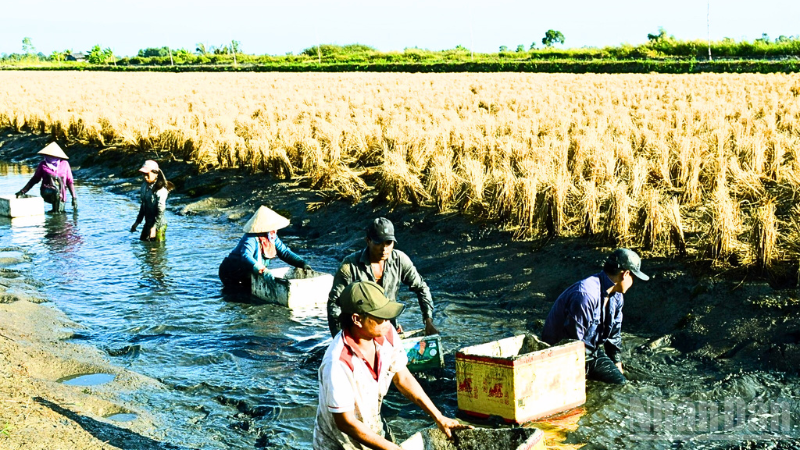
According to engineer Ho Quang Cua's calculation, if fragrant rice ST24 and ST25 are grown in the Ca Mau peninsula (shrimp-rice area), the profits will be very high. Specifically, with a fragrant rice yield of about 6 tons/ha, and an average selling price of 9,200 VND/kg (normal rice is only about 6,200 VND/kg), the immediate profit can be double that of normal rice.
“Growing ST24 and ST25 rice can bring in profits of VND35.2 million/ha, while normal rice production is only about VND17.2 million/ha. Thus, the profit difference between the two models is about VND18 million/ha. If calculated on a scale of 100,000ha, profits from selling ST24 and ST25 rice can increase by VND1,800 billion/year,” said engineer Ho Quang Cua, owner of the ST25 rice brand.
This additional profit comes from stabilizing production and keeping the shrimp crop safe. Especially with the mid-season and pre-harvest drying solution, it has helped reduce greenhouse gas emissions significantly compared to the rice-growing area.
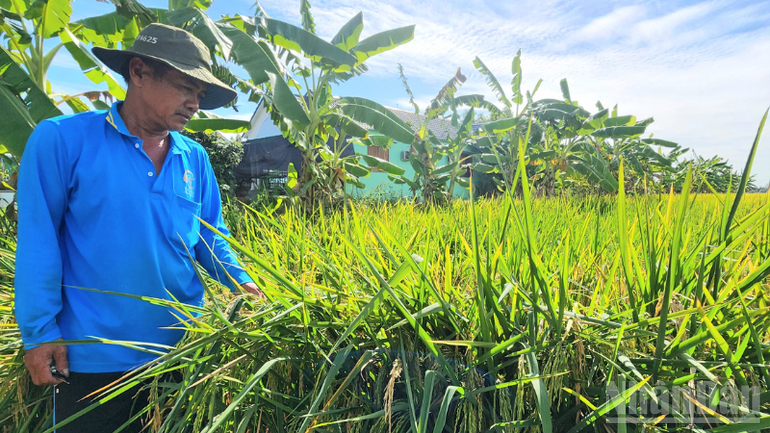
According to Mr. Cua, the ST24 and ST25 rice varieties have short cycles, are suitable for hydrological regimes, have low production costs, high and stable yields and attractive profits, which have encouraged farmers to seek suitable production solutions. At the same time, models of applying organic fertilizers and microorganisms to rice fields have turned large rice-shrimp areas into rice areas with high greenhouse gas emission reduction.
Since 1990, black tiger shrimp seeds have been successfully produced in the central region of our country, with small models raised in brackish water areas of the Ca Mau peninsula for high economic efficiency.
From here, the need to bring brackish water into rice fields of farmers gradually increased. In November 2001, the Government allowed localities to convert ineffective rice land to other crops and livestock. Within only 5 years, the Ca Mau peninsula had over 400,000 hectares of rice land converted to black tiger shrimp farming.
The rice-shrimp ecosystem is also gradually forming in low-lying coastal areas - where the highest salinity in the year is at least 5‰ to rotate rice cultivation in the rainy season and shrimp farming in the dry season.
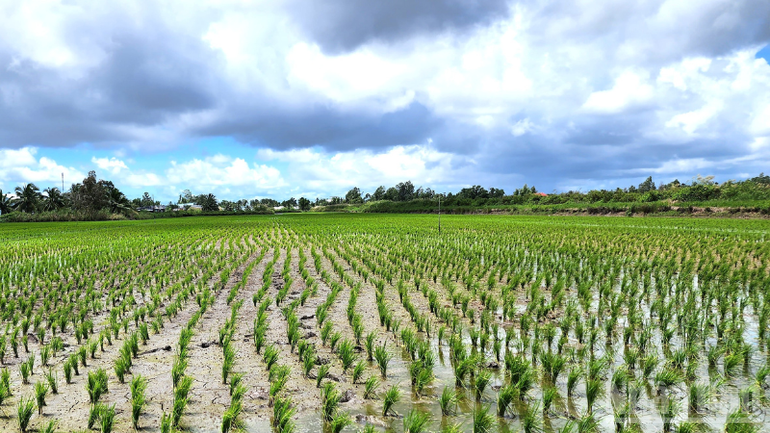
According to the survey report "Current status of shrimp-rice development in the Mekong Delta region" sponsored by USAID's Asia Regional Environment Office, in 2015, the Ca Mau peninsula had a shrimp-rice production area of 155,493 hectares.
However, at this time, the salinity and freshwater regulation system according to the seasonal requirements of each locality is still lacking and weak. In 2020, after ST25 was recognized as the World's Best Rice, engineer Ho Quang Cua coordinated with the Department of Cultivation and Plant Protection of the provinces to deploy the shrimp-rice model production in key communes.
In the 2021-2024 period, many farmers will continuously improve their farming solutions, bringing machinery into the fields to reduce post-harvest losses and stabilize productivity. Mr. Cua added that with the machine harvesting method, farmers can reduce harvesting costs by 75% compared to previous manual cutting.
Later, the mid-season and late-season drying solutions were increasingly improved. In particular, Mr. Cua assessed that when comparing this solution with the criteria of the One Million Hectare High-Quality Rice Project, it was very suitable.
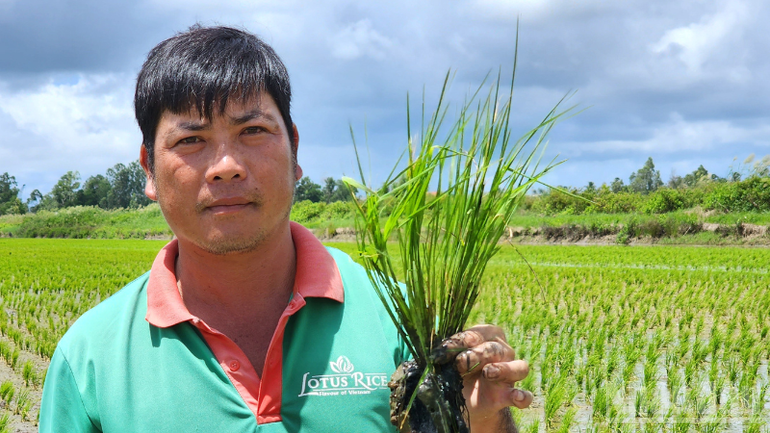
Currently, the shrimp-rice area in Ca Mau peninsula has become bustling, with about 2,000 hectares being contracted, businesses committed to investing in organic fertilizers, biological products and providing practical guidance according to IPSM principles (guidance on interdisciplinary approaches such as soil chemistry, varieties, fertilizers, plant protection, irrigation water management... in farming).
It is known that the Ministry of Agriculture and Environment has recently issued a decision approving the list of national OCOP products in 2025 (phase 1). In which, Can Tho city has 1 product recognized as a national OCOP, which is ST25 rice of Ho Quang Tri Private Enterprise.
With the exclusive brand Ong Cua rice is a product symbolizing ST rice lines, specifically ST24, ST25... researched and developed by Engineer, Labor Hero Ho Quang Cua, Doctor Tran Tan Phuong and Master Nguyen Thi Thu Huong.
These rice varieties have won many international and domestic awards, contributing to increasing farmers' income, increasing output and export value of Vietnamese fragrant rice as well as raising the brand of Vietnamese fragrant rice in the world market.
Source: https://baolaocai.vn/trong-lua-st25-vung-tom-lua-nong-dan-se-dat-loi-nhuan-gap-doi-post880664.html



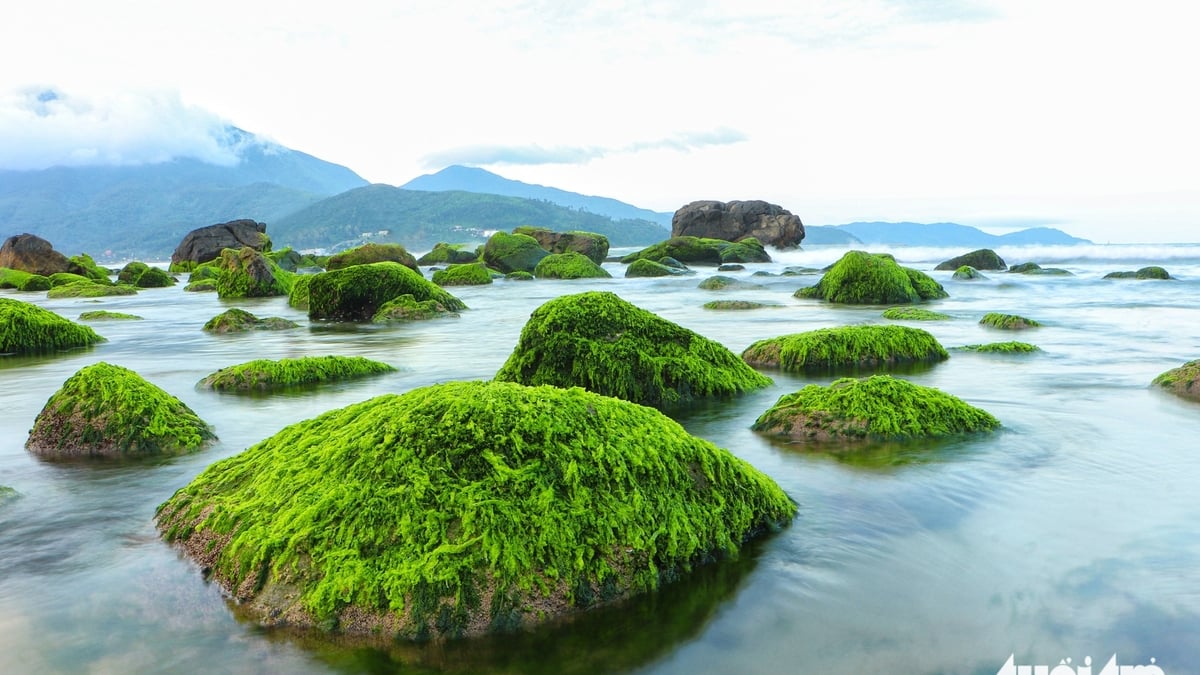

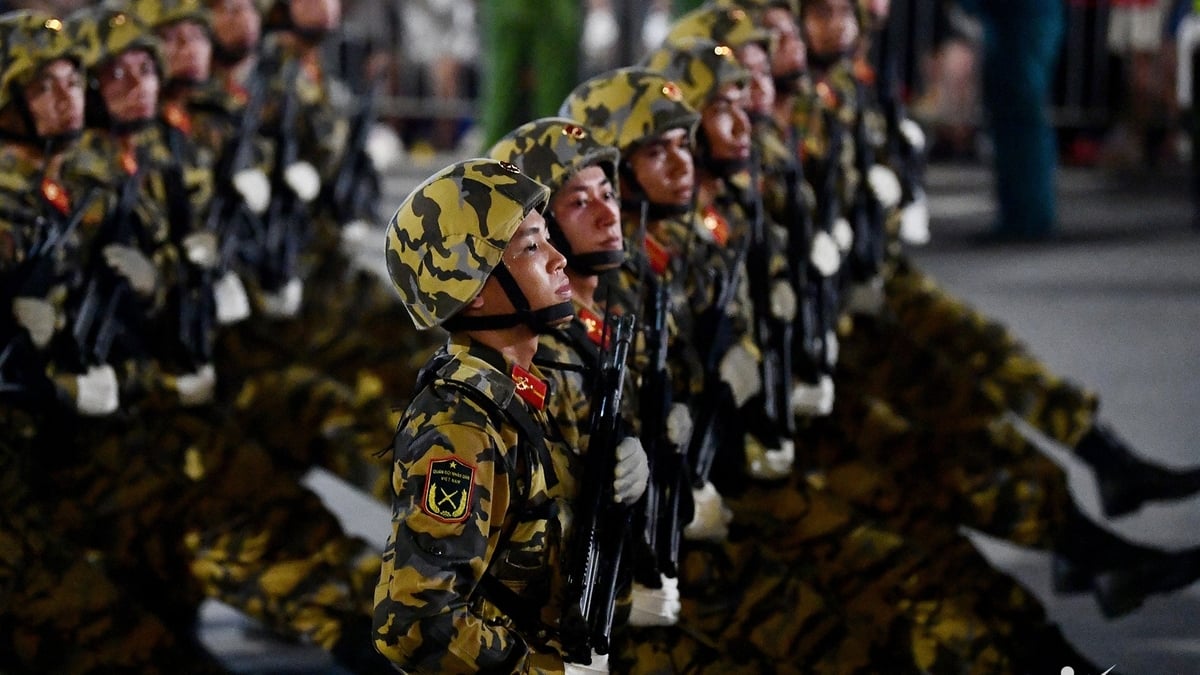

![[Photo] National Assembly Chairman Tran Thanh Man holds talks with New Zealand Parliament Chairman](https://vphoto.vietnam.vn/thumb/1200x675/vietnam/resource/IMAGE/2025/8/28/c90fcbe09a1d4a028b7623ae366b741d)
![[Photo] General Secretary To Lam attends the opening ceremony of the National Achievements Exhibition](https://vphoto.vietnam.vn/thumb/1200x675/vietnam/resource/IMAGE/2025/8/28/d371751d37634474bb3d91c6f701be7f)
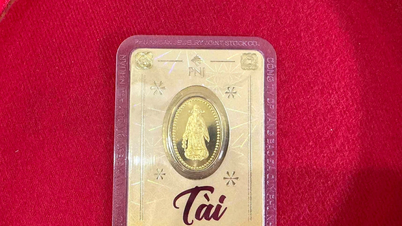

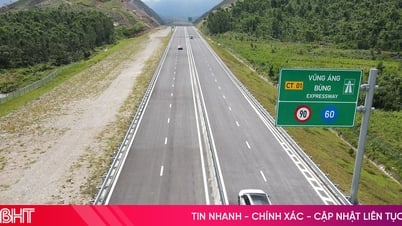

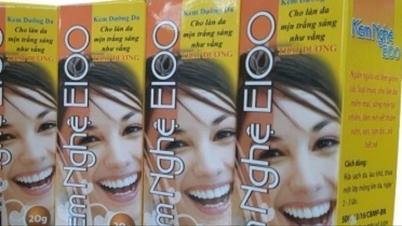









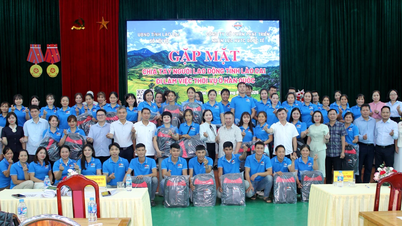
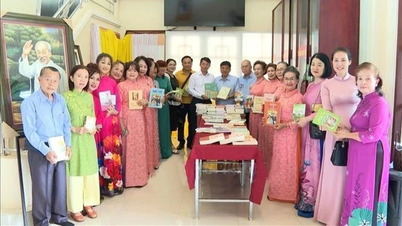
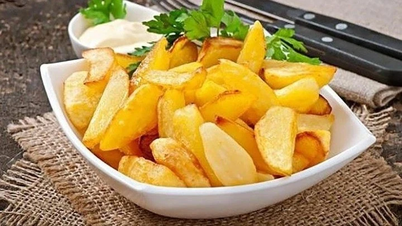
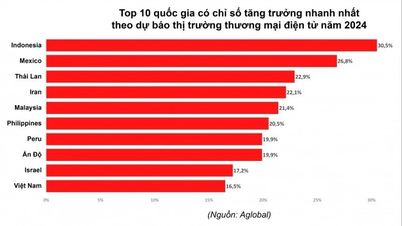
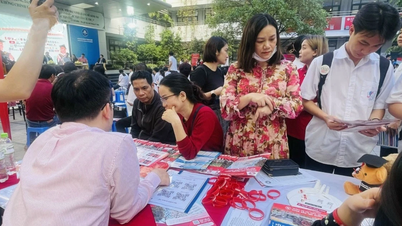
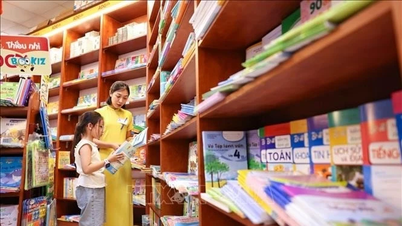
![[Photo] Images of the State-level preliminary rehearsal of the military parade at Ba Dinh Square](https://vphoto.vietnam.vn/thumb/1200x675/vietnam/resource/IMAGE/2025/8/27/807e4479c81f408ca16b916ba381b667)
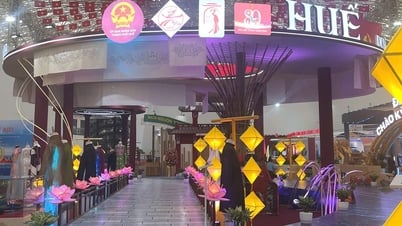

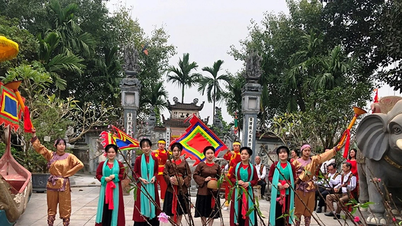





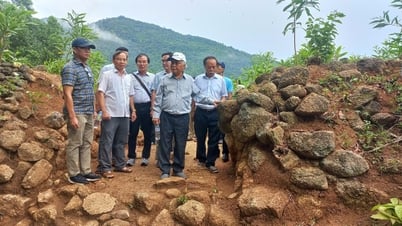

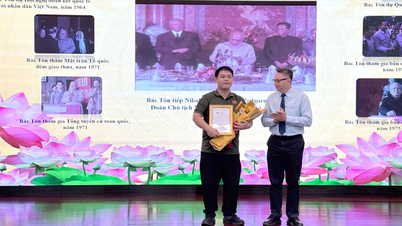









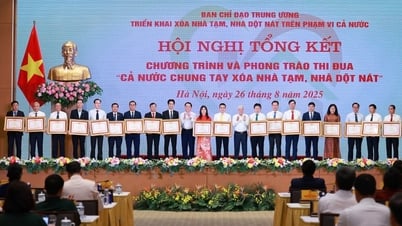

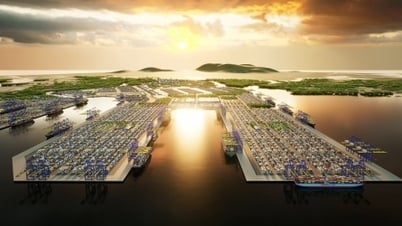

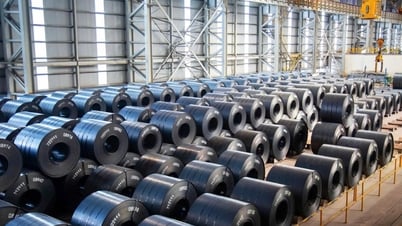

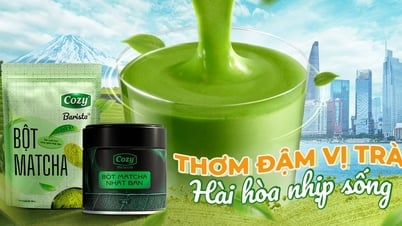
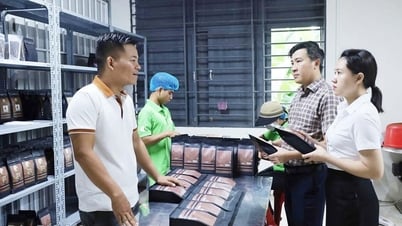









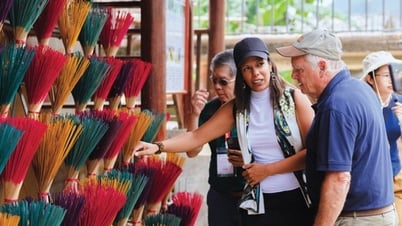



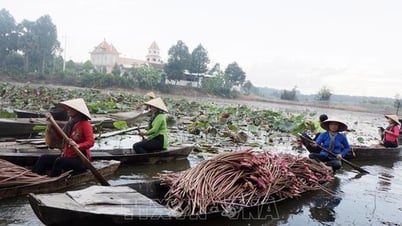

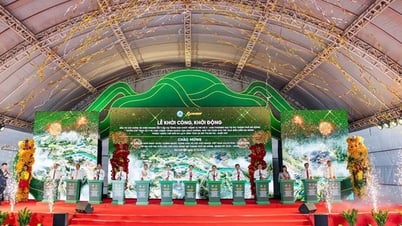
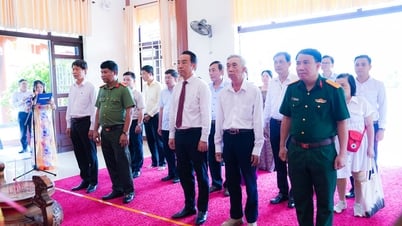

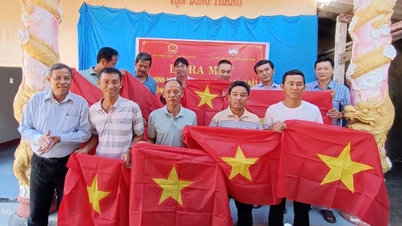
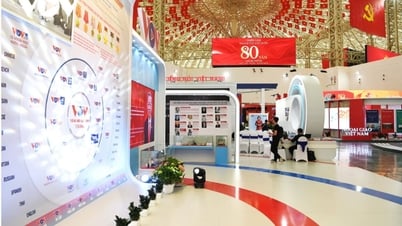

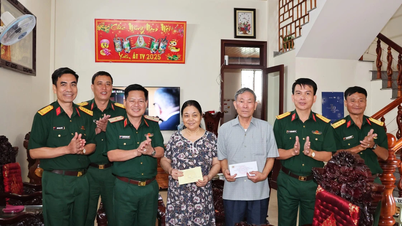

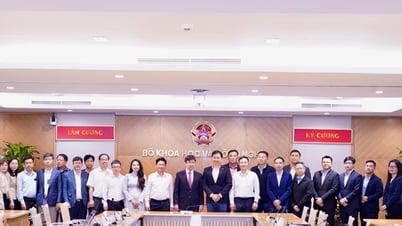



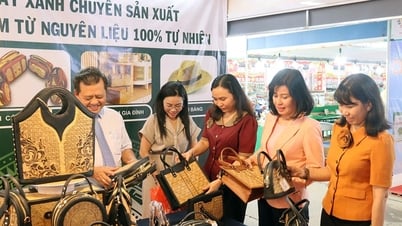




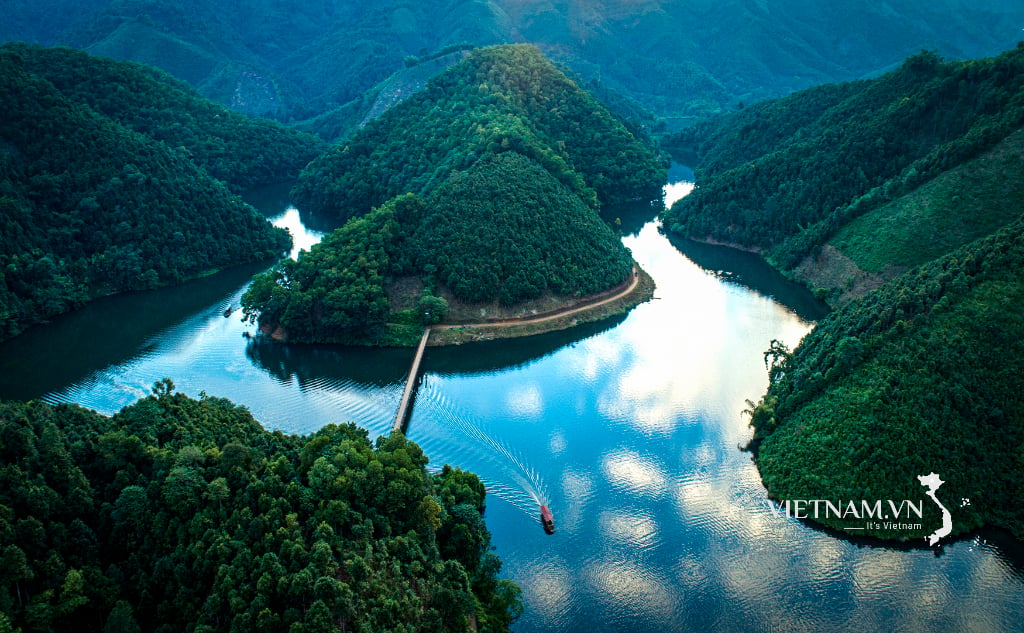

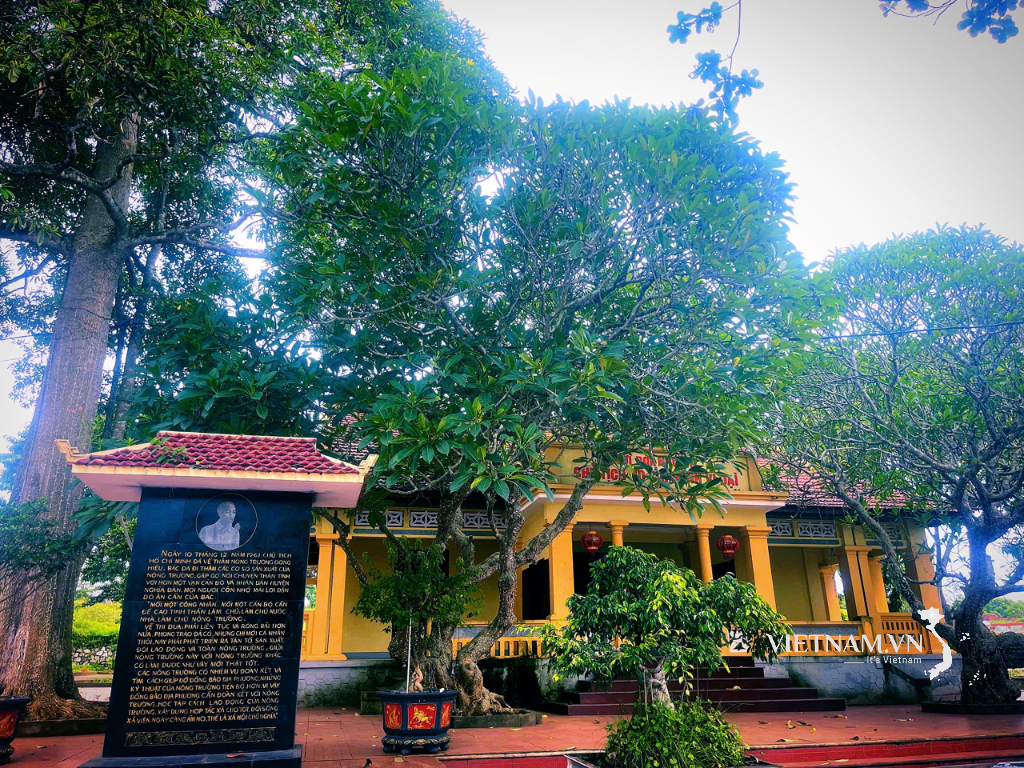
Comment (0)